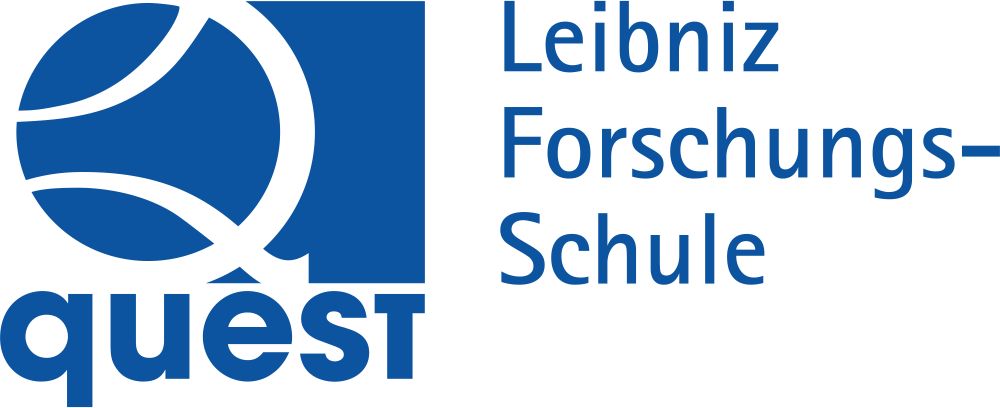Improved limits on the coupling of ultralight bosonic dark matter to photons from optical atomic clock comparisons
- verfasst von
- M. Filzinger, S. Dörscher, R. Lange, J. Klose, M. Steinel, E. Benkler, E. Peik, C. Lisdat, N. Huntemann
- Abstract
We present improved constraints on the coupling of ultralight bosonic dark matter to photons based on long-term measurements of two optical frequency ratios. In these optical clock comparisons, we relate the frequency of the \({}^2S_{1/2} (F=0)\leftrightarrow {}^2F_{7/2} (F=3)\) electric-octupole (E3) transition in \(^{171}\)Yb\(^{+}\) to that of the \({}^2S_{1/2} (F=0)\leftrightarrow \,{}^2D_{3/2} (F=2)\) electric-quadrupole (E2) transition of the same ion, and to that of the \({}^1S_0\leftrightarrow\,{}^3P_0\) transition in \(^{87}\)Sr. Measurements of the first frequency ratio \(\nu_\textrm{E3}/\nu_\textrm{E2}\) are performed via interleaved interrogation of both transitions in a single ion. The comparison of the single-ion clock based on the E3 transition with a strontium optical lattice clock yields the second frequency ratio \(\nu_\textrm{E3}/\nu_\textrm{Sr}\). By constraining oscillations of the fine-structure constant \(\alpha\) with these measurement results, we improve existing bounds on the scalar coupling \(d_e\) of ultralight dark matter to photons for dark matter masses in the range of about \( 10^{-24}-10^{-17}\,\textrm{eV}/c^2\). These results constitute an improvement by more than an order of magnitude over previous investigations for most of this range. We also use the repeated measurements of \(\nu_\textrm{E3}/\nu_\textrm{E2}\) to improve existing limits on a linear temporal drift of \(\alpha\) and its coupling to gravity.
- Externe Organisation(en)
-
Physikalisch-Technische Bundesanstalt (PTB)
- Typ
- Artikel
- Journal
- Physical Review Letters
- Band
- 130
- Seiten
- 253001
- Anzahl der Seiten
- 6
- ISSN
- 0031-9007
- Publikationsdatum
- 22.06.2023
- Publikationsstatus
- Veröffentlicht
- Peer-reviewed
- Ja
- ASJC Scopus Sachgebiete
- Physik und Astronomie (insg.)
- Elektronische Version(en)
-
https://doi.org/10.48550/arXiv.2301.03433 (Zugang:
Offen)
https://doi.org/10.1103/PhysRevLett.130.253001 (Zugang: Offen)


